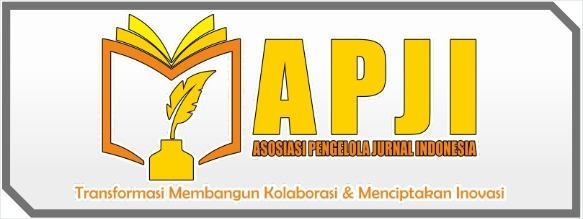Pengaruh Penerapan Model Pembelajaran Student Times Achievement Division (STAD) terhadap Motivasi Belajar Akidah Akhlak Siswa di MAN 2 Tapanuli Tengah
DOI:
https://doi.org/10.53958/ft.v5i2.481Keywords:
Influencee, STAD Model, MotivationAbstract
Based on the Man 2 Tapanuli Tengah researchers' observations, it was shown that teaching at Aqidah Akhlak was constrained by students' low motivation to learn. The purpose of this study is to elucidate the causes of students' low motivation to learn Akida Aflaq. The reasons for the low learning motivation of Akida-Aklak students are that teachers still use traditional models, students get bored quickly because teachers do not use media effectively in learning, and students do not participate actively in learning because they do not have the courage to discuss or express their opinions during learning. Various learning models and methods, such as the Student Times Achievement Division learning model, can be applied to these problems to motivate students to learn. This study is an experimental study aimed at checking some things and confirming their results in order to test something. Data collection techniques can also be measured using questionnaires, validity tests, reliability tests, etc. Therefore, the obtained research results show that the learning model is not correctly applied by the teachers when learning, so that the students with Akida-Aklak have low learning motivation, get bored easily, and lack the courage to discuss and express their opinions during learning. To overcome this problem, it is very important to pay attention to the models and media used for learning so that teachers can adequately achieve the learning objectives.
References
Fadli, A. (2023). Penguatan Motivasi Shalat Dan Karakter Peserta Didik Melalui Pendekatan Pembelajaran Kontekstual Pada Mata Pelajaran Pendidikan Agama Islam. Tarunaedu: Journal of Education and Learning, 1(1), 83–94. https://doi.org/10.54298/tarunaedu.v1i1.138
Fatmawati, E., Karmin, K., & Sulistiyawati, R. S. (2018). Pengaruh Media Pembelajaran Berbasis Video Terhadap Hasil Belajar Siswa. Cakrawala: Jurnal Pendidikan, 12(1), 24–31. https://doi.org/10.24905/cakrawala.v12i1.959
Kosim, M. (2007). Madrasah di Indonesia (Pertumbuhan dan Perkembangan). Tadris, 2(1), 41–57.
Minarti, S. (2022). Ilmu Pendidikan Islam: Fakta teoretis-filosofis dan aplikatif-normatif.
Nugroho, R. S., & Semarang, U. (2023). Lembaga-lembaga Pendidikan Islam (Issue September).
Nurrizqi, A. (2021). Karakteristik Pendidikan Agama Islam Di Madrasah Prespektif Kebijakan Pendidikan. Bintang: Jurnal Pendidikandan Sains, 3(1), 124–141. https://ejournal.stitpn.ac.id/index.php/bintang
Pratama, A. R., Iswandi, I., Saputra, A., Hasan, R. H., & Arifmiboy. (2023). Pengaruh Model Pembelajaran Learning Cycle 5E terhadap Aktivitas Belajar Pendidikan Agama Islam dan Budi Pekerti di SMA Negeri 4 Kota Bukittinggi. CENDEKIA: Jurnal Ilmu Sosial, Bahasa Dan Pendidikan, 3(1), 16–28.
Rofiq, M. H., & Nadliroh, N. A. (2022). Analisis Evaluasi Pembelajaran Aqidah Akhlak Dalam Sistem Kredit Semester Di Madrasah Tsanawiyah Cerdas Istimewa Amanatul Ummah. FATAWA: Jurnal Pendidikan Agama Islam, 2(1), 70–92. https://doi.org/10.37812/fatawa.v2i1.269
Sardiman, A. M. (2019). Interaksi dan motivasi belajar mengajar.
Supardi, A. (2022). Jurnal Keislaman dan Pendidikan. Keislaman Dan Pendidikan, 3(1), 42.














